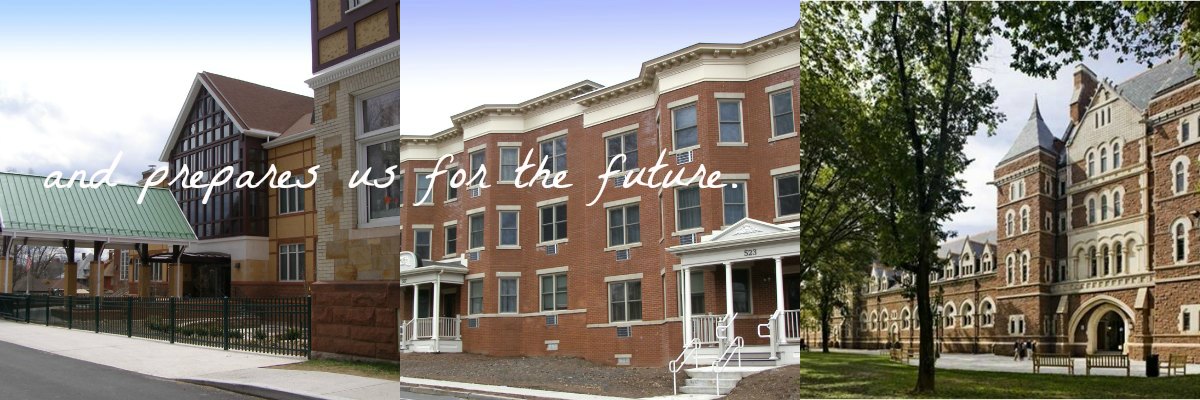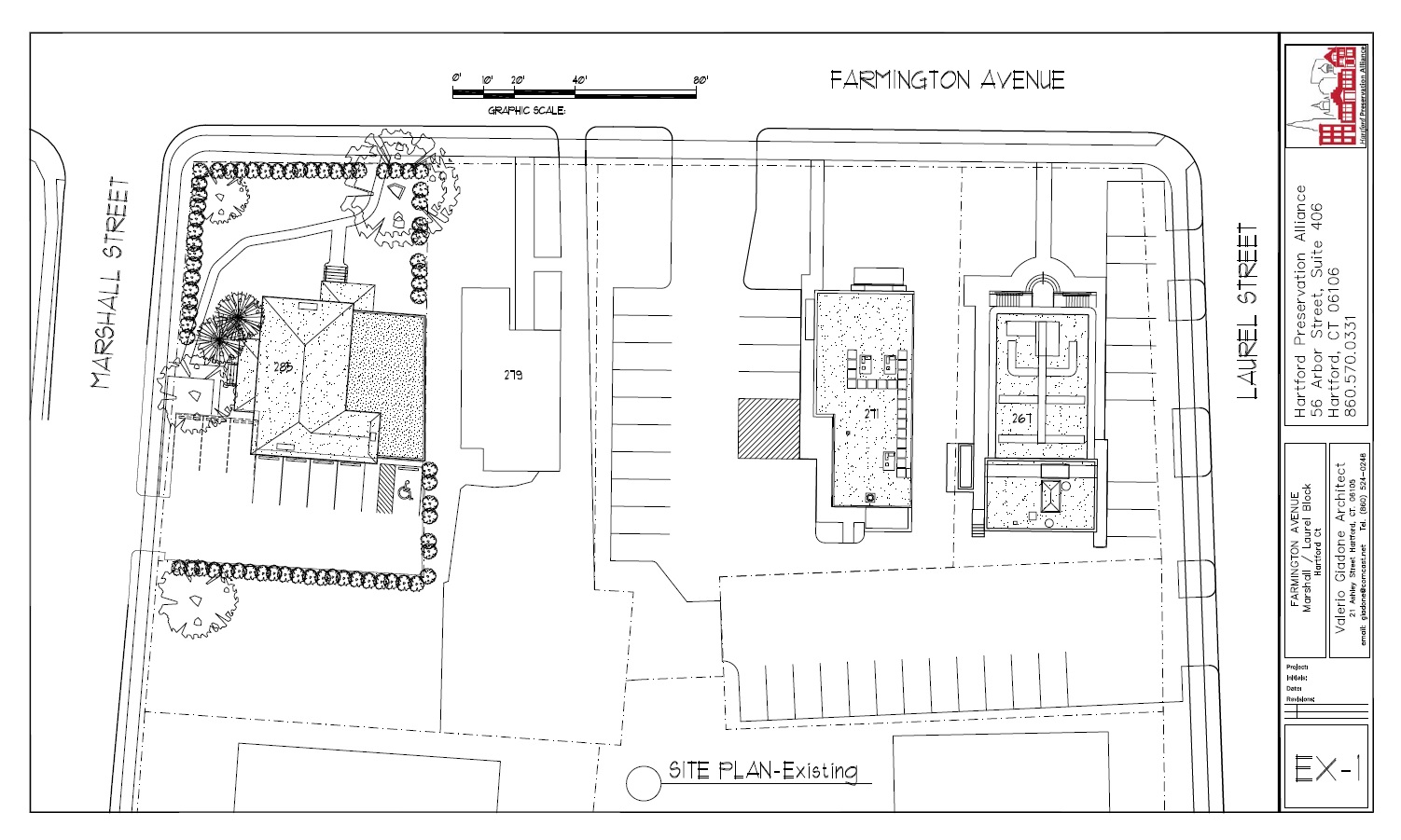Recently I was asked to respond to a series of questions by a student from the Classical Magnet School in Hartford. Students had chosen professions to explore and lean about and this one had chosen to study historic preservation. As a resident of Hartford he was in awe of the historic fabric of this city and wanted to learn about how it was being taken care of. The most striking question he put to me was: “What would you say to a room of 100 students about the importance of historic preservation”? This is a question that we at the Preservation Alliance ask ourselves every day. It shaped the strategic (business) plan adopted 2014.
Hartford is a most diverse city, nominally walled off from the surrounding suburbs and left to fend for itself. Poverty is a major factor with 39 % of the population living below the poverty level as defined by Average Median Income. This year our newly-elected city administration now struggles with the wretched financial reality of meeting a budget. There is even discussion of a possible bankruptcy. So who cares whether historic preservation matters? It seems to be the purview of people who are well off and have nice properties. This is not how we at HPA approach our mission to “Revitalize, Connect, Collaborate”. Preservation must be a partner in community economic development. Our work needs to bring neighborhood vitality and become an economic engine creating jobs. Vacant and abandoned properties need to rejoin the tax rolls and contribute to operating the City, bring visitors and commerce to enliven communities.
To illustrate how we think I offer the example of resurrecting a long-abandoned iconic landmark, the Comet Diner. Here is our vision:
The Comet Kitchen
The Challenge: Farmington Avenue on Asylum Hill once thrived with commercial activity. Along the blocks bounded by the Aetna Insurance company, The Cathedral of St. Joseph and both Mark Twain’s and Harriet Beecher Stowe’s houses boasted elegant apartments, restaurants, a pharmacy, super markets as well as home to the Hartford Architecture Conservancy, Hartford Ballet, Opera and the Symphony. The street was and still remains a major corridor linking downtown Hartford with suburbs to the West. Multiple historic buildings lined Farmington Avenue as well having been built during the decades as the corridor grew and prospered. Now much of the commercial activity has dwindled, restaurants are gone, so too the pharmacy and arts organizations. Still a major transportation route which is basically used to get away to somewhere else. Many historic buildings are now vacant and abandoned.
Perhaps the most iconic historic building is the Comet Diner. This classic stainless steel diner built in the 1940’s stands as testament to the lost days of economic vitality of Farmington Avenue. Abandoned for ten years the Comet, one of the best-known destinations until closing, struggles with no feasible reuse in a neighborhood which has no restaurant or coffee shop. Given the depressed condition of the community a likely reuse as a diner is remote. In fact, the block on which it sits is occupied by nothing but vacant and abandoned buildings two others which are historic as well. In terms of historic preservation, the buildings are protected by an historic district which prevents their demise however patience is running out by their owners. A viable economic alternative needs to be found and one such idea has begun to surface.
The Opportunity: Food! Access to good quality food has become the guiding principle to a sustainable community. Locally-sourced food either through the distribution from regular farmer’s markets but gaining an education on how to procure and prepare things which are less expensive and are far better nutritionally have gained adherents around the country. The USDA has created new grants to encourage the production and distribution of food to low and moderate income individuals and families. Food trucks are taking the US by storm by creating exciting and delicious access to locally-sourced products. Often ethnic and presenting a wide variety of lunchtime (and evening) menus, things not found in established restaurants. Food entrepreneurs have become a primary economic engine in many cities. Taking organic produce, meats and fish to prepare them and sell through stores, markets and by mail. So too caterers need a place from which to market and prepare events. There is a common denominator to the preparation of food through access to a certified commercial kitchen. A kitchen is the lifeline for food trucks which are required to pass inspections, a place where washing up can take place as well as the daily preparation of menu items. For the entrepreneurs a license and inspected commercial kitchen is required for sales to take place. Access to a facility 24/7, affordable with all the right equipment and proper food storage (cool, cold, frozen and dried) does not exist in Hartford.
And so to the concept of reusing the Comet. The property offers limitless opportunity to be reused as a food destination. Creating a commercial kitchen becomes the backbone of the Asylum Hill Community. A dining space to be used for events comes with the project. Sufficient parking can offer both the access necessary for food trucks
Make no mistake that preservation matters it is about how we effect the movement.
Sign up to receive our latest blog by email
[jetpack_subscription_form]








I recently was told that such a kitchen/food storage facility was to open on Main Street between Dunkin Donuts and Subway.
Good Luck!
Would be wonderful to see the Comet in use again. I believe such a kitchen operates in the Willimantic area, if you haven’t already talked to them.